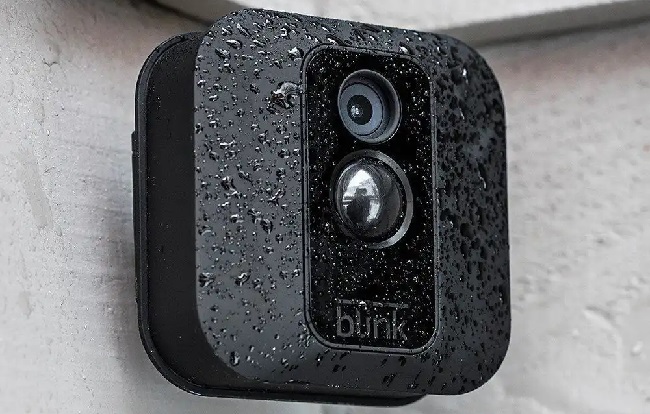Infrared (IR) intensity is an important concept in the field of infrared technology and applications. It refers to the strength or power of infrared radiation emitted or detected by a source.
In this SEO-optimized, detailed article, we will explore the spectrum of infrared radiation, the formula used to calculate IR intensity, the role of sensors and meters in measuring IR intensity, and the significance of “blink” in the context of IR.

Contents
The Spectrum of Infrared Radiation
Infrared radiation exists on the electromagnetic spectrum between visible light and radio waves. It is divided into three main regions: near-infrared (NIR), mid-infrared (MIR), and far-infrared (FIR).
Each region has specific applications and characteristics, with NIR being closer to visible light and FIR closer to radio waves.
The Formula for Calculating IR Intensity
IR intensity can be quantified using the formula:
IR Intensity = Power/Area
This formula calculates the amount of power (in watts) per unit area (in square meters) of the infrared radiation emitted or detected by a source. It provides a measure of the concentration or density of IR energy in a given space.
Sensors and Meters for Measuring IR Intensity
Various sensors and meters are used to measure IR intensity in different applications. These devices utilize different principles to capture and quantify IR radiation.
Some common types of IR sensors include thermal sensors, photodiodes, and pyroelectric sensors. IR meters or radiometers are specialized instruments that measure and display IR intensity readings in units such as watts per square meter (W/m²) or other relevant metrics.
The Significance of “Blink” in IR
In the context of IR, “blink” refers to the modulation or pulsing of infrared radiation emitted by certain devices or systems. This modulation can be used for various purposes, such as data transmission, object detection, or signaling.
In IR communication systems, for example, devices may use specific blinking patterns to transmit information between transmitters and receivers.
Applications of IR Intensity Measurement
Measurement of IR intensity finds applications in various fields, including:
- Thermography: Infrared cameras and sensors measure IR intensity to capture thermal images and identify variations in temperature across objects or surfaces.
- Security Systems: IR sensors are used in security systems to detect movement or presence by sensing changes in IR intensity caused by human or object heat signatures.
- Industrial Processes: IR intensity measurement is utilized in industrial settings for monitoring and controlling temperature, such as in metalworking, glass manufacturing, and plastics processing.
- Medical Imaging: Infrared-based medical imaging techniques, such as infrared thermography, use IR intensity measurements to assess blood flow, tissue perfusion, and thermal patterns.
In Conclusion
IR intensity plays a crucial role in the world of infrared technology. By understanding the spectrum of infrared radiation, the formula for calculating IR intensity, the significance of “blink” in IR applications, and the utilization of sensors and meters, we can grasp the concept of IR intensity measurement.
With its applications spanning fields such as thermography, security systems, industrial processes, and medical imaging, IR intensity measurement continues to contribute to advancements in various industries.




























